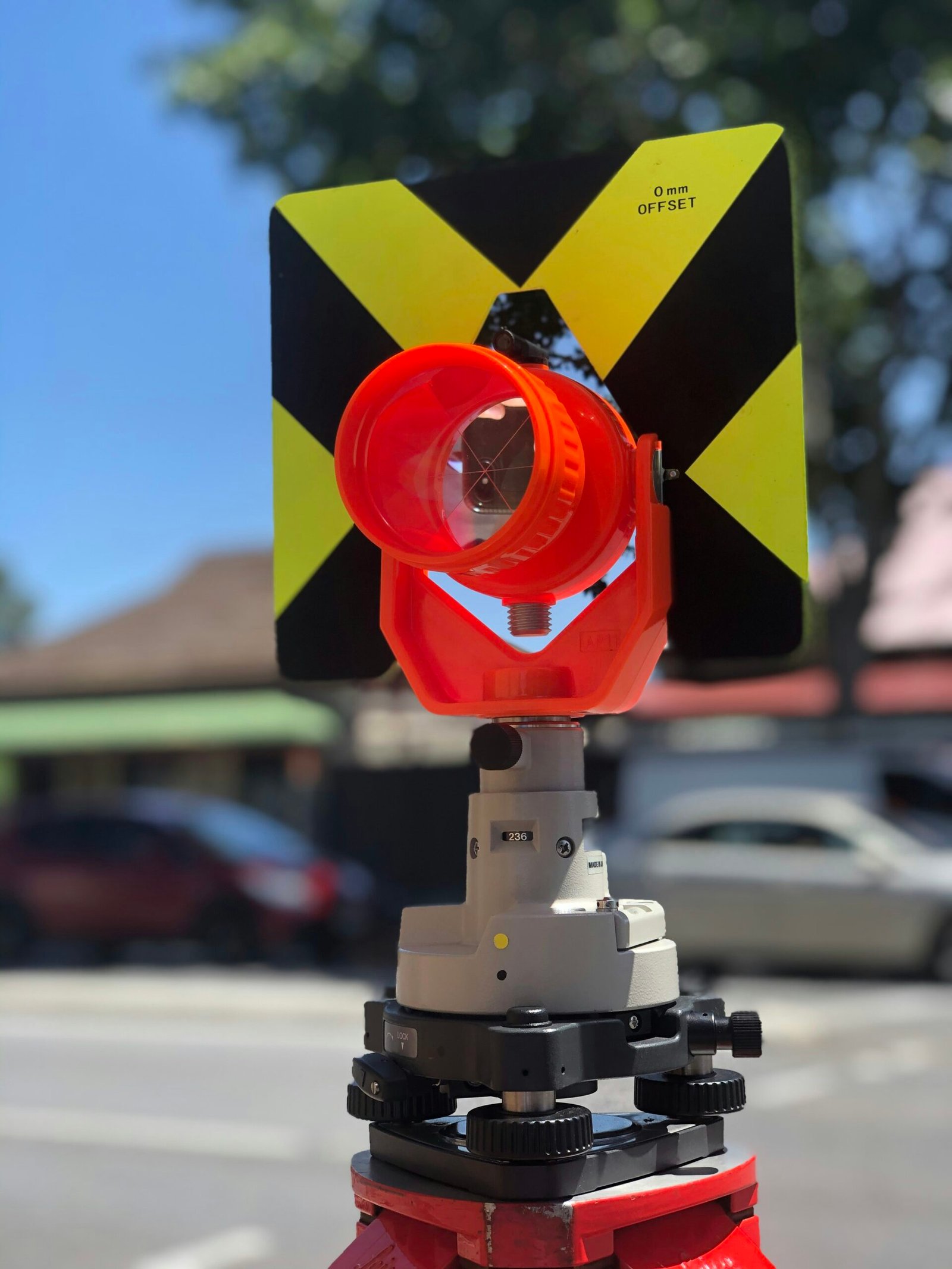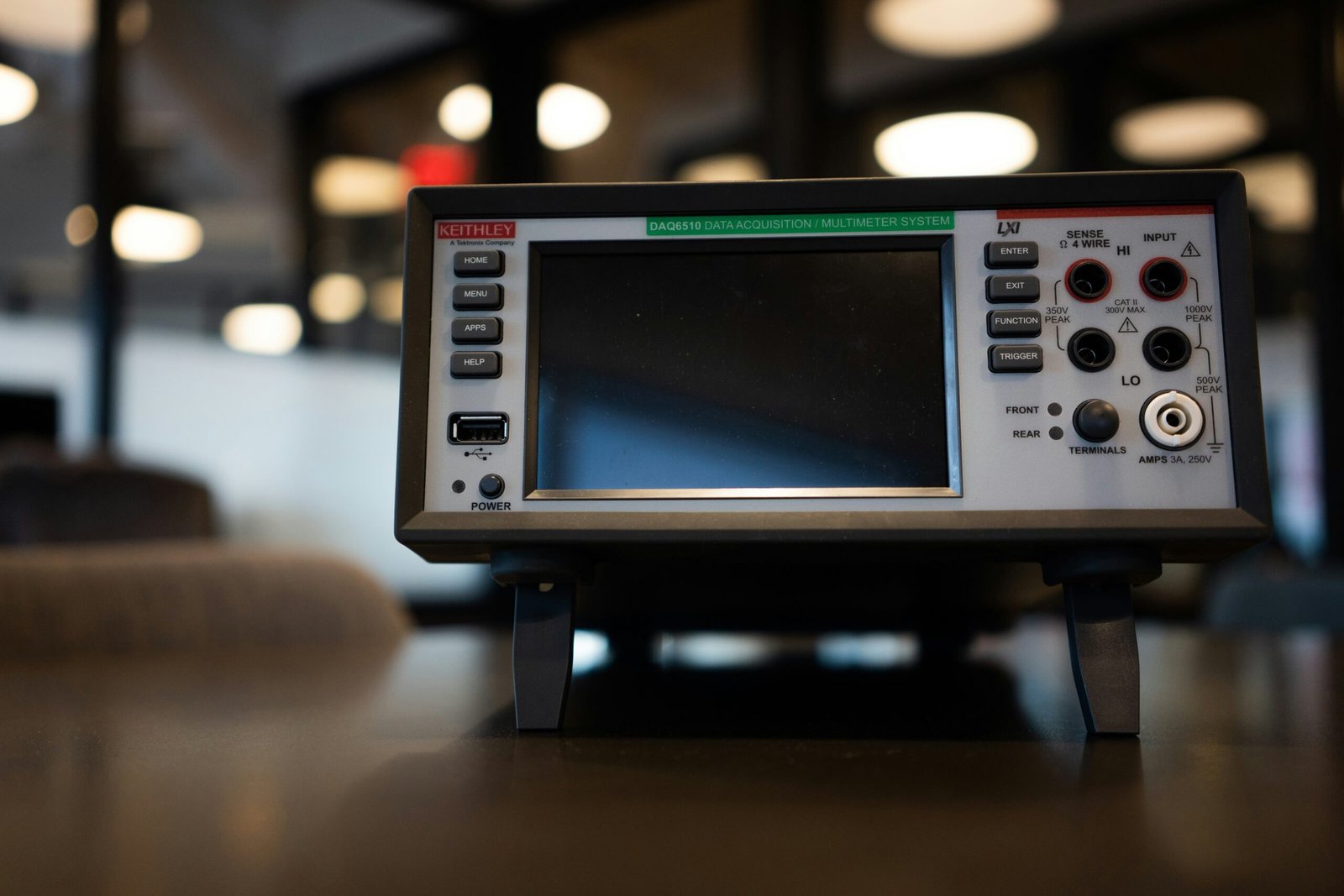Overview of the Test and Measurement Industry
The test and measurement industry plays a pivotal role in ensuring the accuracy and reliability of products across various sectors, including electronics, telecommunications, and manufacturing. This industry encompasses a wide range of tools and techniques designed to measure physical quantities, quality control, and performance metrics, providing essential data for engineers and technicians to analyze and improve product efficacy. The significance of this sector cannot be understated; as industries evolve, the demand for precise measurement systems increases.
Key components of the test and measurement industry include oscilloscopes, multimeters, signal analyzers, and spectrum analyzers. Each of these tools serves a unique purpose, facilitating the testing of electronic circuits, the assessment of signal quality in telecommunications, and verifying production standards in manufacturing. Advances in measurement technology have led to more sophisticated equipment that enhances precision and reduces testing times, which is critical for maintaining competitive advantages in fast-paced markets.
Technologies driving innovations within the test and measurement industry include automation, artificial intelligence, and Internet of Things (IoT) integration. These advancements enable real-time data acquisition and analysis, allowing professionals to adapt quickly to changing parameters or potential system failures. Furthermore, embracing these trends is essential for professionals seeking to remain relevant in their field. Access to the latest insights and survey findings can significantly impact decision-making processes, helping organizations elevate their performance and drive operational efficiency.
By staying informed on emerging trends within the test and measurement industry, businesses can not only optimize their manufacturing processes but also enhance product quality and reliability. This proactive approach will ultimately foster innovation and keep companies at the forefront of their respective sectors, ensuring long-term success.
Key Survey Findings on Industry Growth and Challenges
Recent surveys conducted within the test and measurement industry have provided valuable insights into the current growth trajectory and the specific challenges companies face. A notable finding reveals that the industry is experiencing sustained growth, with an estimated compound annual growth rate (CAGR) of approximately 6.5% over the next five years. This upward trend is attributed to the rapid advancement of technology, increasing demand for automation, and an expanding global market. As organizations continue to leverage high-precision testing and measurement tools, the overall outlook appears positive.
Emerging technologies, particularly in the realms of Internet of Things (IoT) and artificial intelligence (AI), play a pivotal role in shaping the future of this sector. The surveys indicated that nearly 70% of industry professionals believe that integrating AI into testing processes will significantly enhance efficiency and accuracy. Furthermore, the growth of IoT has fueled demand for advanced measurement solutions, allowing companies to gather real-time data and make informed decisions swiftly.
However, the surveys also highlighted several challenges that industry stakeholders are grappling with. A significant concern is the rapid pace of technological change, which leaves many organizations struggling to keep their skills and tools up to date. Approximately 55% of respondents reported difficulties in adopting new technologies, while 45% expressed that their existing measurement equipment is becoming obsolete. Additionally, regulatory compliance remains a pressing issue; many professionals indicated that navigating the intricate landscape of regulations can hinder innovation and growth.
In terms of future predictions, survey participants emphasized the need for ongoing investment in training and development to address skill gaps. Nearly half of the respondents acknowledged that fostering a culture of continuous learning is essential for sustaining competitive advantage in the ever-evolving test and measurement industry. The collective insights garnered from these surveys illustrate not only the promising growth prospects but also the complexities faced by professionals dedicated to advancing their practices.
Technological Innovations Shaping the Future of Test and Measurement
The test and measurement industry is experiencing significant transformation driven by technological advancements that are set to revolutionize various practices. Key innovations include automation, Internet of Things (IoT) integration, and artificial intelligence (AI) driven analysis tools. These technologies enhance the precision and efficiency of testing processes, ensuring that organizations can meet the increasing demands for accuracy and quick turnaround in data measurement.
Automation stands out as a critical innovation within the test and measurement sector. Automated systems streamline testing procedures, reduce human error, and enable continuous monitoring of equipment and processes. This results in enhanced productivity, as technicians can focus on more complex tasks, while automated platforms handle repetitive measurements. The incorporation of automated solutions allows for real-time data acquisition and immediate feedback, which significantly improves the decision-making process across industries.
The integration of IoT technology is revolutionizing how organizations monitor and analyze data in real-time. With connected devices, companies can gather vast amounts of data from various points within their operations. This interconnectedness not only facilitates improved data collection but also allows for more comprehensive analysis, enabling industries such as manufacturing and healthcare to optimize their testing methodologies. The real-time data transmission capabilities inherent in IoT devices ensure that measurements can be tracked continuously, thereby enhancing the overall integrity of the results.
Furthermore, AI-driven analysis tools are emerging as essential components in processing large sets of measurement data. These tools employ machine learning algorithms to identify patterns and anomalies within datasets, enabling predictive analytics that can forecast potential issues before they arise. As a result, companies can mitigate risks associated with product quality and operational efficiency in their test and measurement practices. The ongoing adoption of these technologies reflects a broader shift towards more data-centric decision-making and validation processes across multiple industries.
Strategic Recommendations for Industry Professionals
The rapidly evolving test and measurement industry necessitates that professionals and organizations remain agile and informed. By focusing on strategic recommendations, industry players can equip themselves to navigate the complexities of emerging trends effectively. One principal strategy involves adopting new technologies. The integration of advanced technologies such as artificial intelligence, Internet of Things (IoT), and automation into existing workflows can significantly enhance measurement accuracy and efficiency. Companies should allocate resources for timely evaluations of innovative tools to ensure they are leveraging the best solutions available.
In addition to adopting technologies, investing in training and skill development is crucial. The fast-paced nature of the industry means that the workforce must be up to date with the latest methodologies and technical skills. Organizations should prioritize continuous education through workshops, online courses, and certifications tailored to the test and measurement field. Encouraging employees to pursue professional growth not only benefits the individual but also strengthens the organization’s competitive edge.
Networking is another vital component for industry experts seeking to stay aligned with market dynamics. Engaging with peers, attending conferences, and participating in professional organizations can foster collaboration and knowledge exchange. These interactions help professionals gain insights into best practices and emerging trends that may influence strategic decision-making in their organizations.
Regular market analysis and surveys also play a significant role in adapting to changes. Keeping abreast of shifting industry demands, competitor positioning, and customer feedback enables professionals to forecast adjustments necessary for maintaining relevance. Moreover, conducting surveys can reveal areas for improvement and innovation, guiding investment decisions toward the most promising opportunities.
In conclusion, by embracing technological advancements, committing to skill enhancement, fostering networking opportunities, and conducting market analysis, industry professionals can navigate the evolving landscape with confidence and strategic insight.








